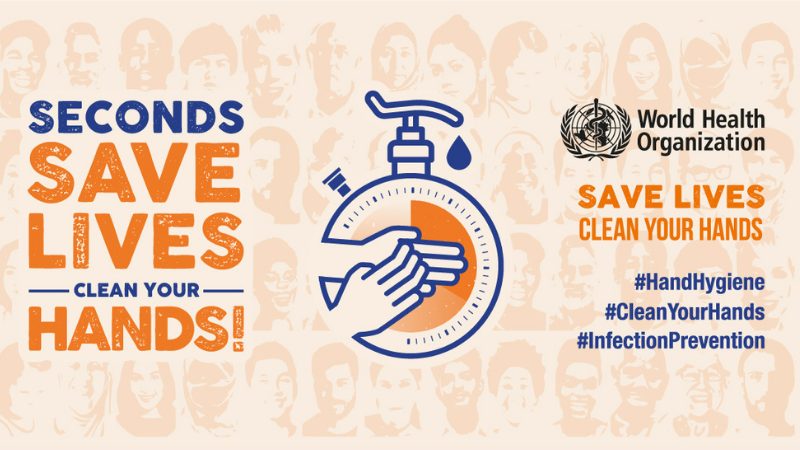Keeping your hands clean has never been so important, we all know it plays a vital role in reducing the risk of picking up and spreading germs and infections including COVID-19.
But how much do you really know about effective hand washing? We have collated the most common beliefs about hand hygiene and separated fact from fiction.
Fact 1: Most germs are passed on by touch and you can reduce your risk by cleaning your hands
CORRECT: Approximately 80% of infections are passed on by touch; you can have germs on your hands after coughing and sneezing or going to the toilet.
Germs can also linger in the environment on places such as door handles, stair rails, light switches etc. It is very important that you wash your hands after coughing, sneezing or going to the toilet. Do not forget to wash them before you eat too!
Fact 2: Washing your hands is the best way to remove germs and reduce the chance of infection
CORRECT: The best thing we can do to minimise our risk and protect others is to wash our hands in the correct way and at the right time. This could be using either warm water and soap or a sanitiser such as an alcohol hand gel.

Fact 3: Always use antibacterial soap
INCORRECT: Standard soap is just as good at removing the germs from your hands. There is no benefit to using antibacterial soap: infections such as COVID-19, Norovirus and Clostridium Difficile can be removed with standard soap. Antibacterial agents in soap contribute to our antibacterial resistance, and we should all be aiming to reduce the use of this in our homes.
Fact 4: Not using a paper towel and letting your hands dry naturally is more hygienic
INCORRECT: Damp hands are 1000x more likely to spread germs compared to dry hands, so it is important to make sure your hands are as dry as possible after you have washed them. Paper towels are excellent at making sure your hands are dry and eliminate any germs that could be lingering.
Fact 5: Hand sanitisers are not as effective as soap and water
INCORRECT: Alcohol-based hand gels are described as the ‘gold standard’ when it comes to hand hygiene. They are an excellent option for keeping your hands clean when you are out of the house. It is important to remain vigilant about hand cleansing when you are in public areas such as public transport and in shops.
How to wash your hands effectively
Here is an easy checklist to follow when washing your hands. It should take around a minute.
- Wet your hands with water, warm or cold
- Lather them with enough soap to cover both hands
- Rub your hands palm to palm, then with fingers interlaced, then with the backs of your fingers in your opposite palms
- Rotate your thumbs in your clasped palms, then rotate your fingertips into your opposite palms
- Rinse well under clean, running water
- Dry thoroughly using a clean towel
Washing your hands well can help keep you and the people around you safe and healthy
By following this simple guide, you are helping to protect yourself and others from picking up germs and minimising the chance of spreading potentially life-threatening infections.



